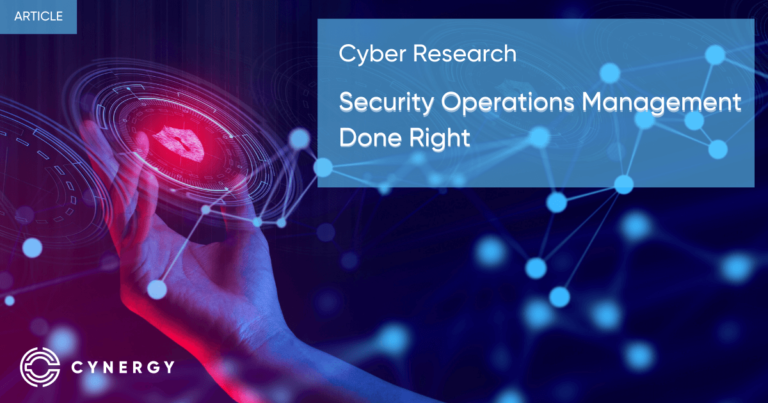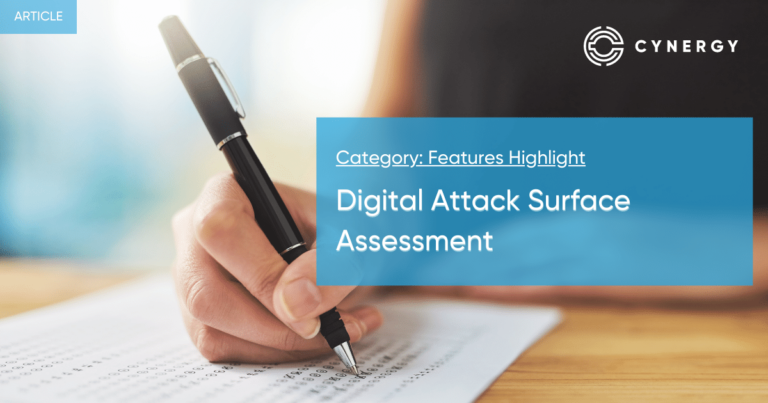Today, we cannot stress enough that organizations should always understand their vulnerabilities. Such information enables them to make the right risk management decisions. Continuous automated validation of exploitability offers this capability.
Challenges of Discovering Vulnerabilities in Modern Hybrid Environments
In the classic book of military strategy, The Art of War, Sun Tzu shares a fascinating quote. “If you know the enemy and know yourself, you do not fear the result of a hundred battles.” We can apply this military analogy in the cybersecurity space. Knowing the enemy, in this case, would mean knowing the cybercriminals. Besides, it would entail understanding their attack tactics, technologies, and procedures (TTP).
Sun Tzu goes on, “If you know yourself but not the enemy, for every victory gained, you will also suffer a defeat. If you know neither the enemy nor yourself, you will succumb in every battle.” What does it mean to know yourself in cybersecurity? It implies understanding your organization’s vulnerabilities. You need to discover the technical, administrative, human, and even physical risks in this case. That way, you can prioritize the threats and apply appropriate protection measures.
But how can you gain this knowledge in a modern IT environment? Unquestionably, enterprises operate complex IT landscapes. Mostly, they feature traditional on-site infrastructure to run side-by-side with cloud services. Such hybrid models in most companies result in visibility and control as top security concerns.
At the same time, organizations should meet stringent security regulations. Unfortunately, companies are still checking their compliance initiatives manually to meet multiple regulations. This approach is tedious and error-prone. Dealing with a mix of heterogeneous systems in the cloud and on-premise also exacerbates the situation. For instance, if IT personnel make configuration changes manually, modifications can go undetected.
Request a Live Demo
Want to enhance your cybersecurity operations?
Are you looking for your first cybersecurity expert?
Want to gain visibility for your exposed assets?
You can request a live demo by scheduling date and time on our available hours:
Gaining Knowledge of Your IT Resources
How can organizations identify vulnerabilities and put in place security controls? Who can provide crystal clear visibility into the task? How can they meet practical risk prioritization?
Typically, companies gain this knowledge through vulnerability assessment and penetration testing (VAPT). The approach involves stepping inside the mind of a hacker to identify vulnerabilities. After discovering the risks, analysts collaborate with C-level executives to determine their status. The process generates results that aid in reassessing internal security controls. Besides that, penetration testing determines if a company requires to hire experts. Knowledge of security risks also reveals employee awareness training needs.
Undeniably, penetration testing, bug bounty, and other offensive roles are beneficial in enhancing cybersecurity. But this is not an unbeatable solution yet. Several challenges arise with the current approach.
Challenges of Traditional Penetration Testing Approach vs Automated Validation
Penetration testing frequency presents the first challenge in traditional VAPT. Security scanning results have a short shelf life in a dynamic hybrid IT environment. Organizations need to test their IT resources and other assets continuously. In that case, manual validation of active exploits requires a bit more legwork.
Testing methodologies also matter. Undoubtedly, hackers are highly skilled and have ample time to test systems. In contrast, security teams rely on the same playbook for years. It is essential to test systems against tried vulnerabilities and tested hacking techniques. But what about emerging and sophisticated attacks?
More frequently, the results of penetration testing are incredibly technical. As a result, penetration testers must convert the findings into a business context for managers and other employees. Regrettably, most technologists are not well versed with the translation. What makes sense to security professionals might be gibberish to C-level executives.

The Solution: Automated Validation of Exploits
Security professionals cannot emphasize continuous vulnerability assessment and test enough. On top of that, security teams should avail VAPT process results through technical and business lens. This process ensures that even non-tech executives can understand and rank vulnerabilities.
What are some of the benefits of automated exploits validation?
1. Assessment of Advanced Hacking Techniques
Solutions like Cynergy use various advanced hacker techniques to assess systems and networks. Red and blue teams can deploy libraries of adversary emulations to assess security controls. The tools collect data that the teams can use to track vulnerabilities. The findings also provide insights for designing and tracking mitigation controls.
2. Diverse Vulnerabilities Sources
Automated exploit validation provides an interface that guides testers through vulnerability importation. The solution also allows security analysts to exploit discovered vulnerabilities. In effect, security teams can determine the exploitability of vulnerabilities rapidly. Besides, they can share the results within the all-in-one interface. Importing vulnerabilities means you can select many sources from which you can pull hosts. You can import existing vulnerabilities in the hosts. Simply put, automation scans existing and new threat intelligence. Exploit validation tools draw threat intelligence from security teams or external sources. The platforms store these details in a central location for further analysis.
3. Aligning VAPT Findings with Security Frameworks
What’s more, appropriate automated validation tools align the knowledge with modern security frameworks. For instance, a solution can compare vulnerability assessment results with the globally accessible MITRE ATT&CK adversary techniques knowledge base. Framework content consumption in automated validation results in a threat-informed defense.
4. Roles and Responsibilities Assignment
Automated exploits validation tools can provide role-based dashboards. That way, organizations can assign responsibilities to managers, security analysts, and departmental heads. Every user can track remediation activities. They can use real-time results to focus on risk management decisions.
5. Enhanced Team Productivity
Naturally, automated platforms improve the security team’s efficiency. Automation is a principal element in DevOps. Businesses should automate any repeatable and routine tasks whenever possible. The process enhances consistency in mundane tasks. Most importantly, it frees up personnel to focus on important initiatives. In the case of risk management, security personnel can run automated exploits validation at scale. They can also enjoy the rich performance data from the scaled automation. The solution comes in handy considering that cybersecurity is a resource-constrained industry. Organizations embracing automated validation can improve employee productivity. In this case, they can reallocate freed-up security resources to more significant challenges.
6. Exceptions and Reporting
Finally, organizations can define exceptions for vulnerabilities in automated validation. For example, they can exclude unexploitable flaws when generating reports. Talking of reports, automated validation tools generate detailed reports that stakeholders can use to define and track remediation controls. Vulnerabilities and remediation insights ensure that organizations optimize their security readiness unceasingly.






